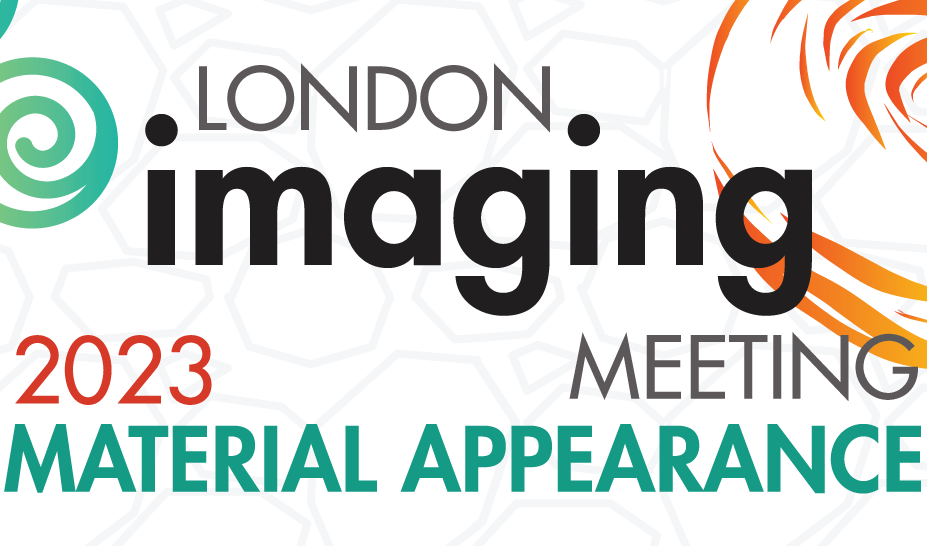

Caustics projected onto the surface carry very interesting information regarding the material they are cast by. It has been observed in previous studies that caustics could be a widely used cue for translucency assessment by human subjects. We hypothesize that changing the reflectance properties of the surface an object is placed on, and removal of the caustic pattern might impact perceived translucency of the material. We conducted psychophysical experiments to investigate the correlation among caustics, environment colors and translucency perception, and found very interesting indications that materials appear less translucent under the conditions where caustics are absent.

This work takes a step towards understanding fundamental aspects of appearance change in cultural heritage. Particularly, we concentrate on the case study of the Hedal Madonna – a polychrome wood sculpture dated to the mid-1200s, and an important object of ecclesiastical art and Norwegian heritage. It is covered with a layered coating that gives rise to complex reflective properties and gives the sculpture a unique appearance. We studied the goniometric, spectral, and chromatic properties of mock-ups manufactured according to medieval techniques, and also carried out accelerated aging. We compared the properties of aged and original mock-ups, and found non-trivial changes in polychrome appearance. While the color of the mock-ups did not change significantly, we observed a noticeable change in their glossiness, presumably caused by structural degradation of the surface. We also found a difference in the goniometric properties of the polychrome material’s reflectance as a function of angle. Reflectance distributions that were originally symmetric with respect to angle became asymmetric. These findings will help to understand the original appearance of the Hedal Madonna, as well as aiding the design of appropriate conservation conditions for both the original statue and its recent reconstruction.

The sparkle impression is an important factor of appearance quality. The impression is generated by reflection from a material surface that contains metallic or pearl pigments. Although several methods of evaluating the impression have been proposed, there is insufficient correlation between the results of these methods and subjective evaluation because the impression depends on the observation distance. The present study developed a method of evaluating the sparkle impression considering the observation distance. To this end, a subjective evaluation experiment was performed for different observation distances and a measurement system comprising a spectral camera and lighting device was constructed. The evaluation model was proposed on the basis of the spatial frequency characteristics of the recorded image and human visual characteristics. The contribution ratio between subjective evaluation scores and evaluation values was high.

With the advent of more sophisticated color and surface treatments in 3D printing, a more robust system for previewing these features is required. This work reviews current systems and proposes a framework for integrating a more accurate preview into 3D modelling systems.